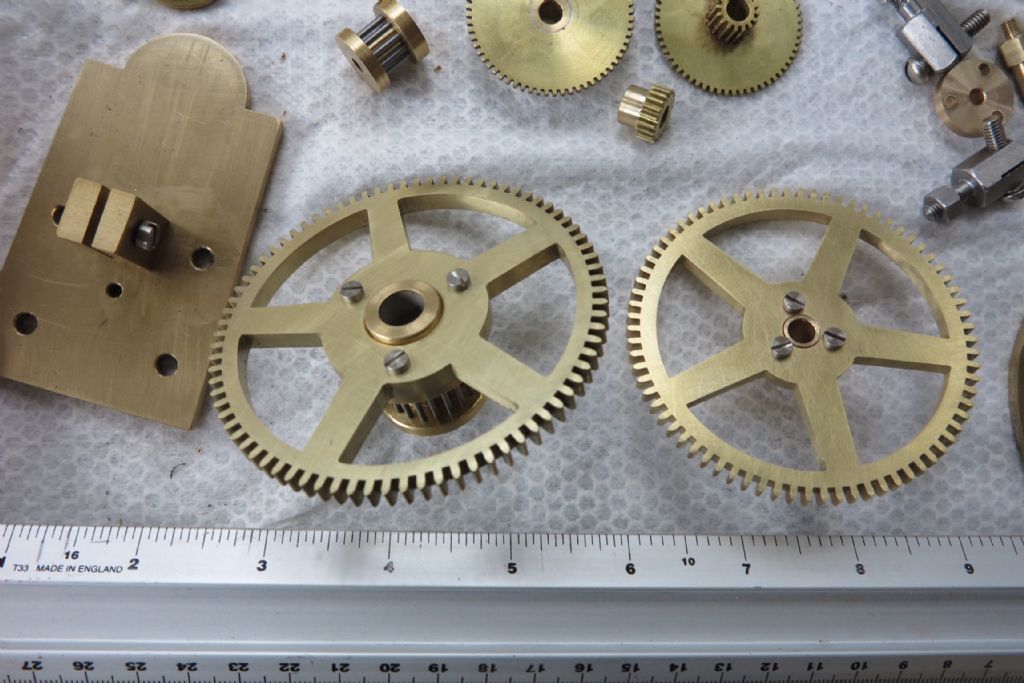Spacing of buttons for making involute cutters
Spacing of buttons for making involute cutters
- This topic has 32 replies, 16 voices, and was last updated 23 October 2021 at 17:37 by
Howard Lewis.
- Please log in to reply to this topic. Registering is free and easy using the links on the menu at the top of this page.
Latest Replies
Viewing 25 topics - 1 through 25 (of 25 total)
-
- Topic
- Voices
- Last Post
Viewing 25 topics - 1 through 25 (of 25 total)
Latest Issues
Newsletter Sign-up
Latest Replies
- Arceurotrade New Sieg SC4 Lathe.
- 3/16” BSF mill gib screws
- Recommended books for starting model engineering
- New Myford ML4 Owner in Need of parts
- Centec 2b mill rebuild
- Vickers Inverted Engine
- My week this week! My workshop videos
- VERY delicate rust removal
- How do I resin cast tiny seats for my Airliner model?
- Lampertheim Model Engine Show 2025







